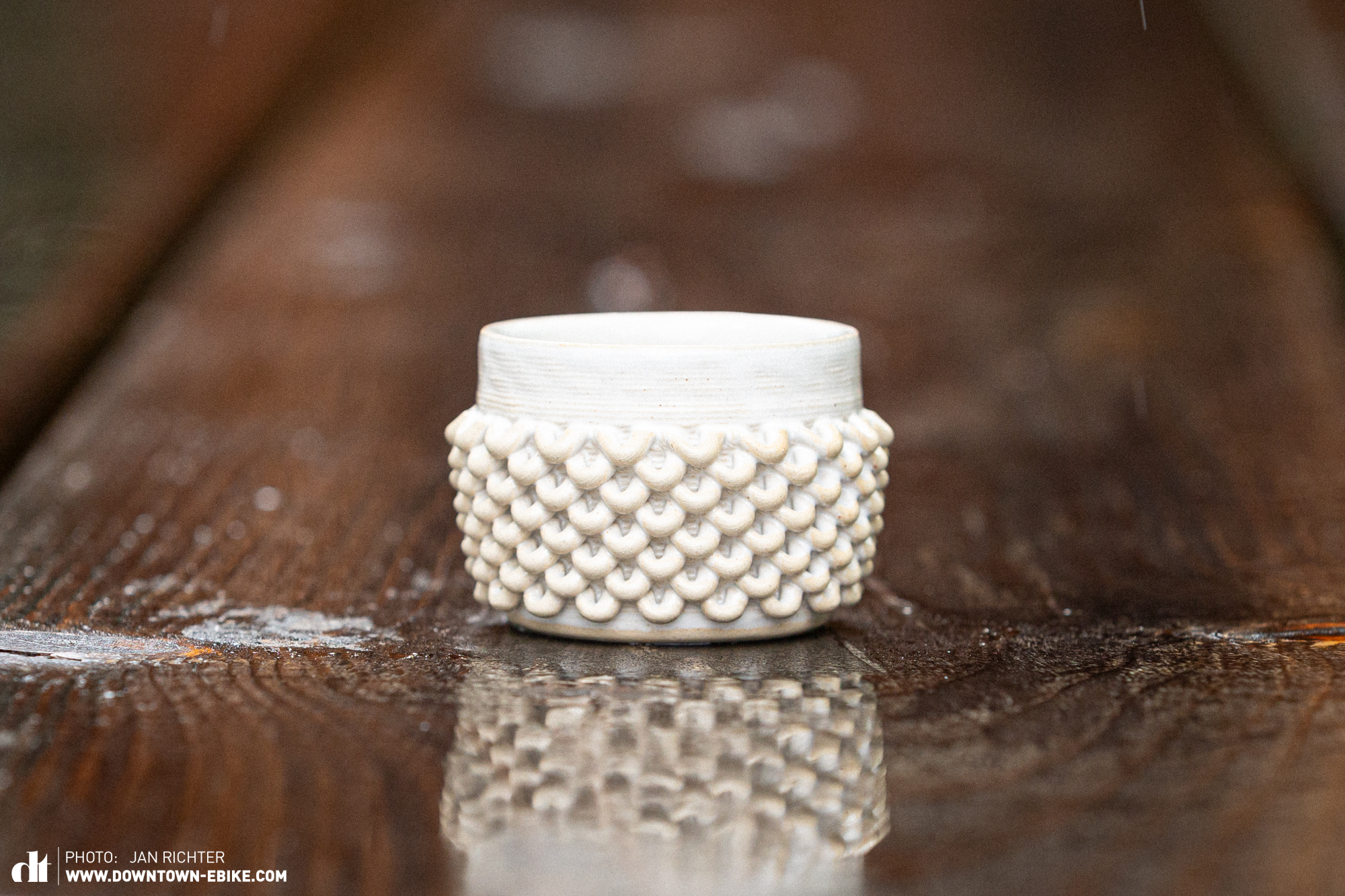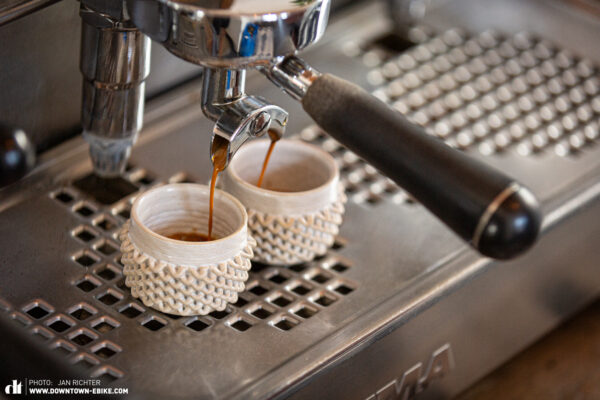The Lab: Additive Ceramics – Designer cups from the 3D printer

Products from the 3D printer are trendy: bike frames, houses, and now coffee cups? Near Frankfurt am Main, the team of AdditiveCeramics manufacture 3D ceramics made of Westerwälder clay. We have tested the 3D-printed designer cups in our office regarding optics, haptics, stability and everyday use.

Modern technology meets traditional craftsmanship: the two young designers and founders of AdditiveCeramics, Maurice Rigler and Lennard Wilde, take a fascinating approach with their ceramic studio in Offenbach near Frankfurt. The two creatives design 3D-printed ceramic everyday objects at the interface between traditional and innovative procedures. What’s so special about this is that the millennia-old craft of pottery is being lifted to a new level by machine-based production and the speed associated with it. In addition to the automated production process, the 3D printer enables shapes and styles that would be impossible to achieve with traditional procedures.

The two founders therefore don’t understand themselves as competing with existing potteries: each product is designed in a way that it would be impossible to produce in a traditional way. Their focus is on aesthetics and minimalist design.
The cups, bowls, and vases of AdditiveCeramics are manufactured with a self-constructed ceramic printer that allows an unusual surface design: the numerous, very small clay loops could not be crafted by hand, or if you tried, it would amount to a veritable Sisyphean task – and fortunately 3D printers have not yet learned to complain. As mentioned earlier: it’s not the idea to oust craftsmanship. The finished and fired clay is post-processed by hand and glazed in the colours black, green, red and blue. The series is dubbed “hnkl_404”: hnkl stands for “Henkel” (handle) and 404 for the web error code “404 Not Found”, signifying the lack of content. The Name “hnkl_404” thus means “missing handle”.


What, though – apart from the manufacturing process – makes the cups special? At first sight, they look very unusual and thus make for an excellent conversation starter. The haptics are also something quite new. The 3D-printed texture feels good to the touch and the cups lie nicely in the hand. At first sight, you might think that the cups have heat-insulating properties due to the clay loops. But no: the loops don’t offer any protection from the heat. If you fill a cup with hot tea, you’ll burn your fingers like on any other cup without handle and insolation.

Tuning tip: Lemon Rooibos iced tea:
– 15 g Rooibos tea
– 250 ml hot water
– 10 ml honey
– ½ lemon
– 1 pinch of Cayenne pepper
– ice cubes
With the cups of the tableware series hnkl_404, the young company AdditiveCeramics proves that fictile objects have arrived in the modern age. The innovative 3D printing process makes a completely new design language possible and pleases with minimalist design. Instead of uniform mass-produced goods you are handed a small designer object out of which coffee and tea tastes just that little bit better. Or so we think.
Tops
- unique shape
- high build quality
Flops
- strong heat emission
For more information visit additiveceramics.de
Did you enjoy this article? If so, we would be stoked if you decide to support us with a monthly contribution. By becoming a supporter of GRAN FONDO, you will help secure a sustainable future for high-quality cycling journalism. Click here to learn more.
Words: Susanne Feddersen Photos: Jan Richter






